
The History of Leather in Musical Instrument Accessories
Leather accessories for musical instruments hold the significant place among the great variety of items available. They are appreciated for being trendy, durable and practical. Since the first discovery of leather, there have been numerous challenges and transformations in the entire production process. Let's take a brief excursion into how it all began and how it looks like nowadays.
Leather Production in Ancient Times
Commonly used in the production of musical instrument accessories, tanned leather was accidentally discovered during an experiment in the Stone Age. There's a belief that it might have occurred when raw hides were left in water with tannin-containing plant materials – the first glimpses of today's well-known vegetable tanning, based on using tannins found in vegetation.
Early tanning methods involved a mixture of smoke, animal brains, grease, and bark extracts. This process demanded much time and physical strength, however lead to the creation of flexible leather suitable for heavy-duty purposes. It also helped the leather become multifunctional, adaptable for a range of applications. Primarily used for saddlery and footwear, leather evolved to become an important source material for crafting carpets, armor, harnesses, with each culture bringing its own technique to the production process.
It's fascinating how today's generations are connected with their ancestors through the use of the same material, highly appreciated during different parts of human history. Early societies saw a great potential in leather and tried their best to enhance its benefits. Making leather process involved many resources and hard labor to prepare the hides. However, ancient societies didn’t have advanced tools for that.

For instance, for creating holes in the material, they could use bone awls as those found in South Africa and dated back to the Stone Age. In Siberia there have been found first sewing needles, as a powerful testimony of a great shift in the craft of leather production. The National Geographic considers the pair of leather shoes, found in Armenia and dating back to 3,500 BC, as the oldest leather shoes. In Egypt, a leather part of a chariot harness dating back to 3,100 BC was found. All these discoveries prove that people from ancient times appreciated leather for its excellent practical features.

Apart from vegetable tanning, there was also alum tanning, or 'white tanning,' using a mixture of aluminum salts and ingredients like egg yolk or flour to create soft, white leather, mostly used for bookbinding, upholstery, and gloves. In the 19th century, there was another shift to a more advanced chromium tanning, which was less time-consuming and more efficient. This new method took leather-making to a new level, as it became possible to craft softer yet strong leather suitable for a variety of goods.
The 20th century became a period of great transformation in the sphere of leather-making. The demand for leather goods increased because more and more people wished to have durable and stylish products. Two significant global discoveries, plastics and rubbers, greatly impacted leather goods production. Since then, there has been a shift from traditional craftsmanship to industrial production, aiming to meet global-scale needs. Moreover, as production shifted to developing countries, leather became more affordable.

How Leather Musical Instrument Accessories Evolved
The era when leather first appeared as a key material in crafting musical instrument accessories became a fascinating chapter in the history of the music industry. The transition from traditional to modern manufacturing techniques and the latest technological advancements allowed appearing new precise crafting methods that helped to shape leather into various designs. So that it became possible to make leather more adaptable for various accessories.
Recent innovations, such as laser cutting and computer-aided design, have improved the way leather is used in the production of accessories for musical instruments. It opened possibilities for customized designs, corresponding to preferences of musicians of various genre, skill levels and personal styles.

Leather accessories also evolved organically with the development of various musical instruments. The leather has been exceptional for crafting drum skins with excellent resonance and durability – two features highly important for percussion instruments. With the great demand for string instruments, there also arose a need for protective cases, resulting in the use of leather for crafting stylish carrying solutions. Leather cases continue to boast high protective features, able to shield instruments from shocks, dust and moisture.
Leather was also used to make guitar straps and saxophone neck straps, as well as comfortable handles for carrying instruments. In the 19th and early 20th centuries, thanks to the ability to create a reliable seal, leather was used for valves and valve pads of brass instruments like trumpets and French horns. Leather pads were also present in woodwind instruments like clarinets and saxophones.
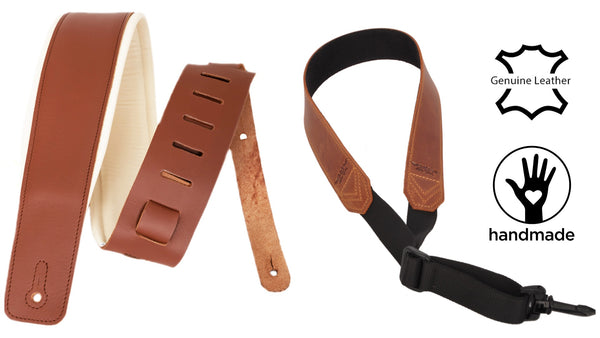
Leather Musical Instrument Accessories Now
Apart from being very functional, leather remains preferred material for its variety of tones and unique textures. Serving practical purpose, leather straps, guards, pouches and wallets emphasize the personal style of musicians and their instruments. These accessories let the personality shine even better and speak about the values of their owner.
Another advantage of leather is that it’s perfect for customization. Any handcrafted leather accessory can be adapted to a specific instrument. Moreover, leather can be complemented with impressive embossed patterns, logos and initials to create awesome gifts and individual one-of-a-kind items.
Thank you for reading our article. Visit our website to explore our full range of leather products for musicians. Currently, enjoy a 10% discount on all items, along with complimentary personalization!




 https://mgleatherwork.com/pages/about-us
https://mgleatherwork.com/pages/about-us
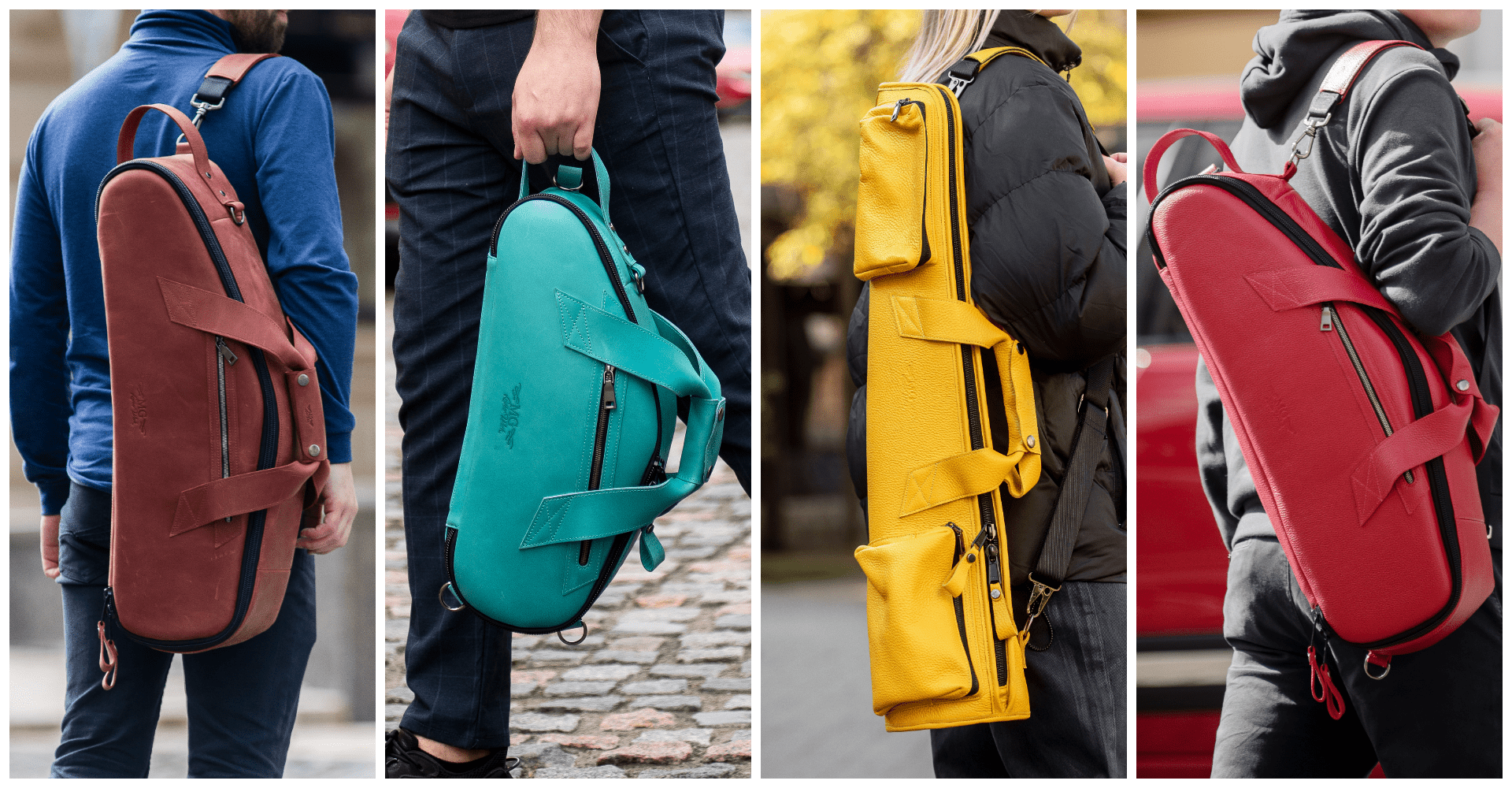
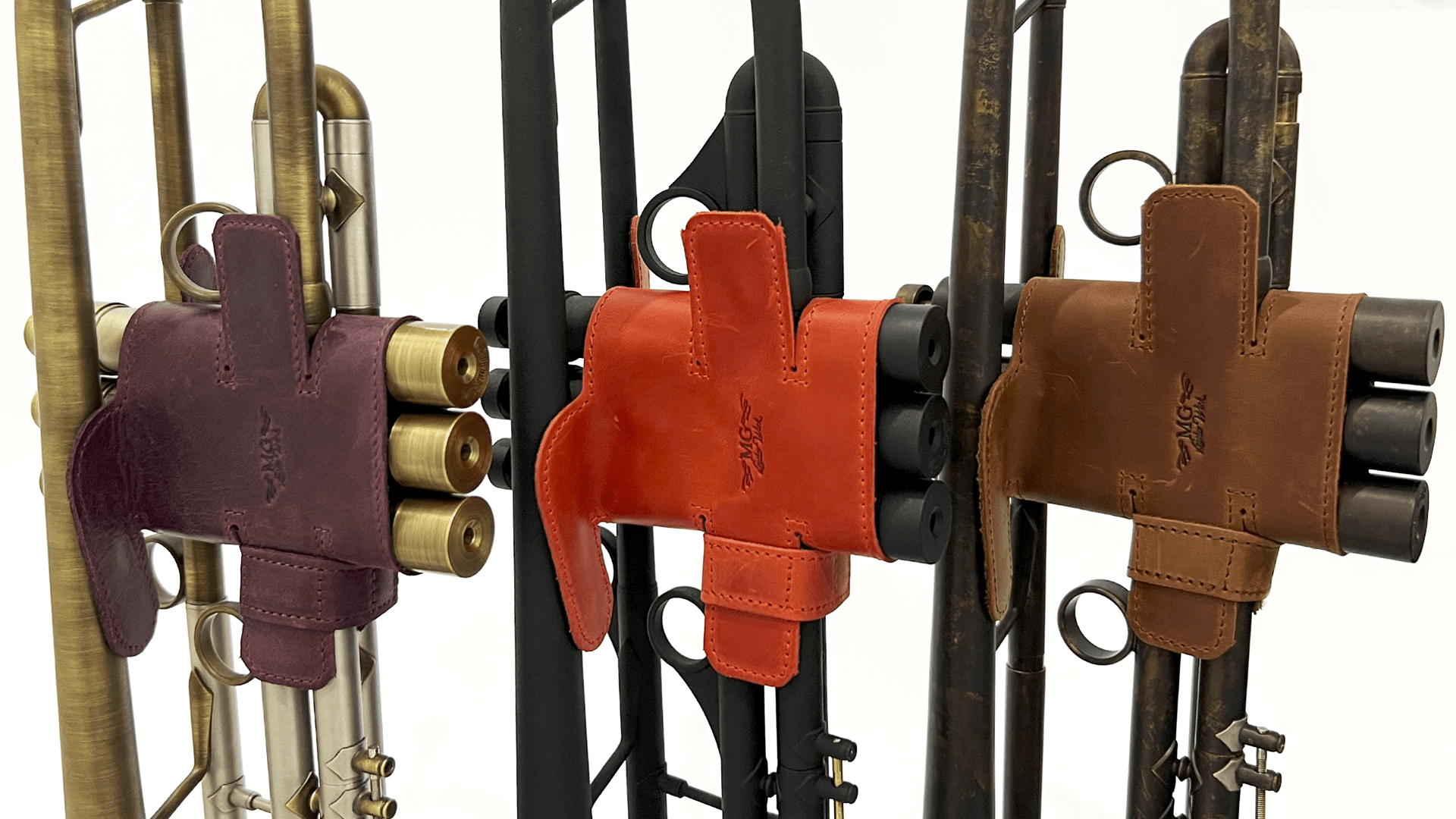
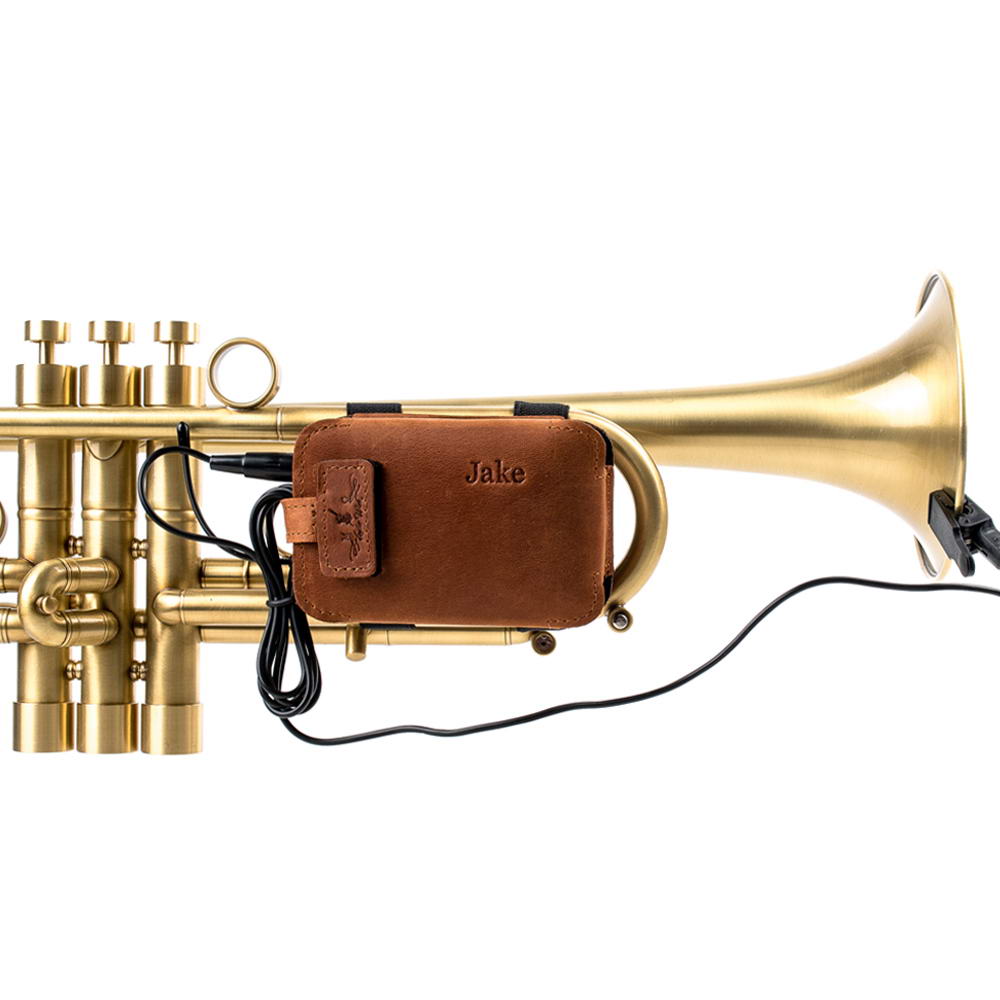
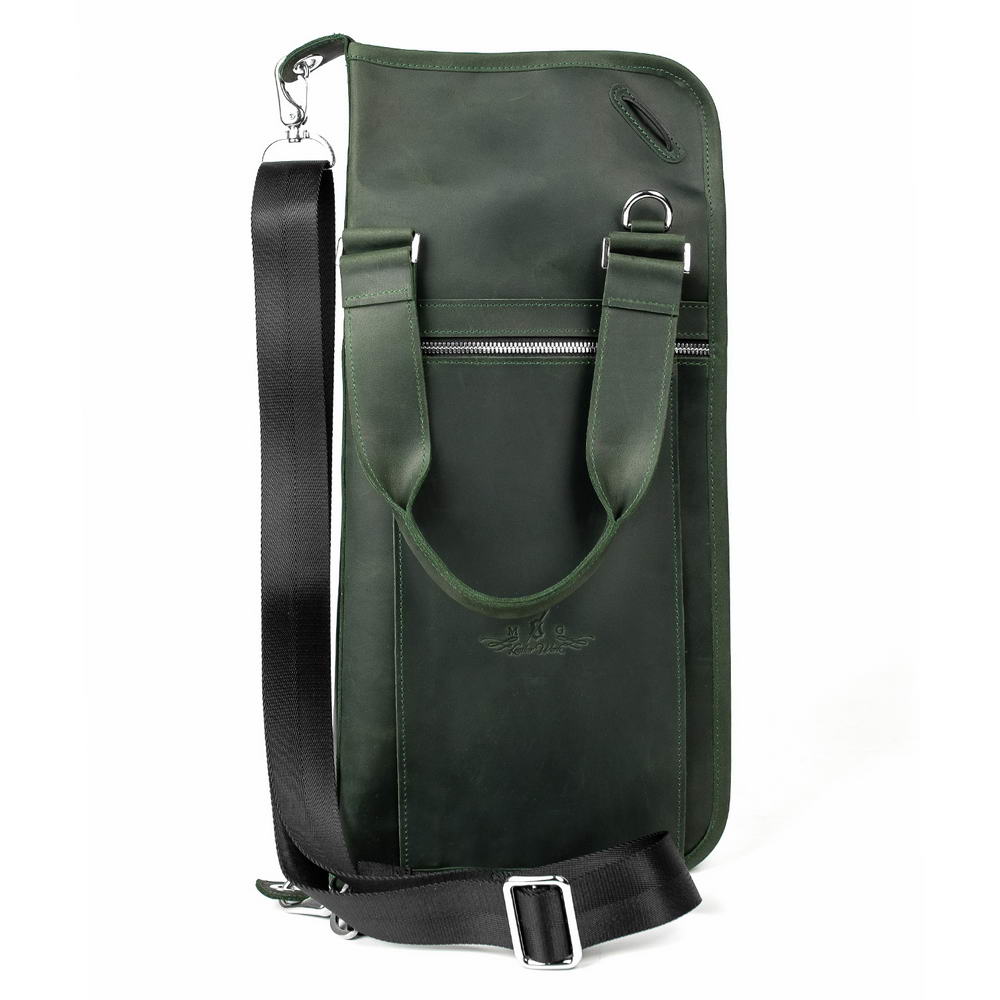

Leave a comment
This site is protected by hCaptcha and the hCaptcha Privacy Policy and Terms of Service apply.